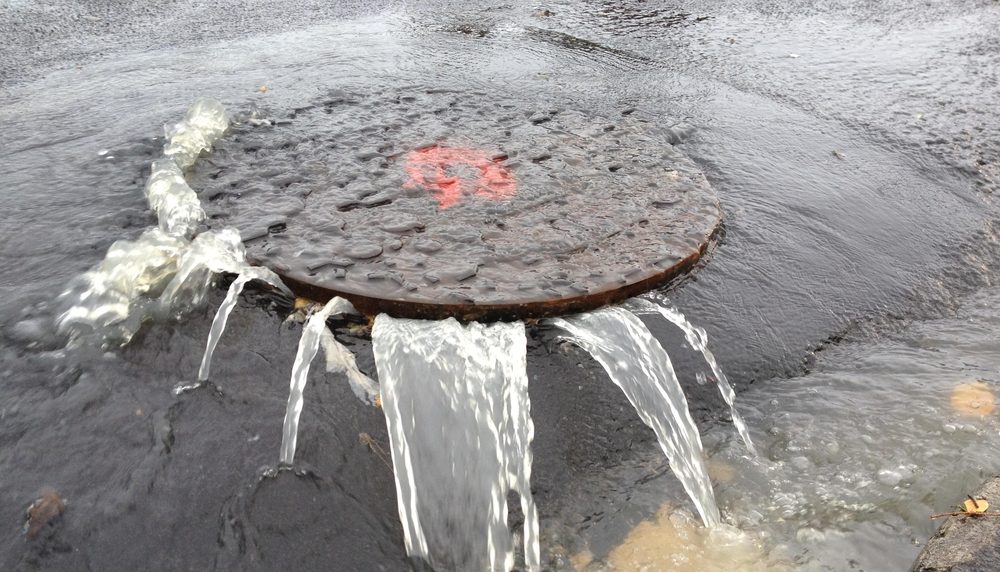
Sustainable drainage systems (SuDS) are a natural approach to managing drainage in and around properties and other developments. Sustainable drainage systems work by slowing water run off from a site, allowing natural processes to break down pollutants. Water draining through SuDS compliant paving may be allowed to flow naturally to groundwater or diverted to a soakaway when natural drainage is poor, as in heavy clay soils, or diverted to a rainwater harvesting storage tank and used for irrigation, car washing etc. Permeable paving reduces surface water run-off and the risk of flooding, reduces the risk of sewer flooding during heavy rain and recharges groundwater to help prevent drought, all important elements of SuDS. RonaDeck Resin Bound Surfacing and RonaDeck EcoPath UV are paving products suitable for use where a fully permeable construction is required; the polyurethane resin used to bind the aggregate in both products is UV stable, ensuring that the resin will not yellow or darken. RonaDeck Resin Bound Surfacing is applied to a solid base and may be used for car parks, driveways, footpaths, terraces, patios, swimming pool surrounds and other light vehicle traffic or pedestrian traffic areas. RonaDeck EcoPath UV is suitable for pedestrian traffic and may be applied directly to a Type 3 aggregate base.
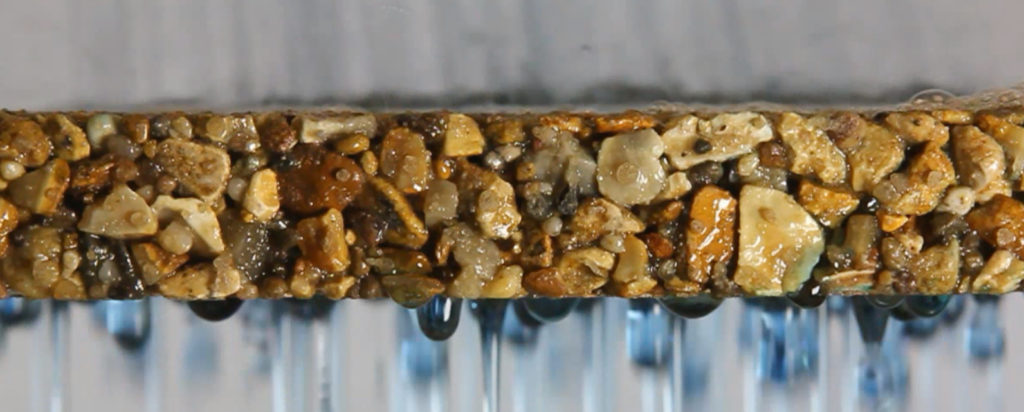
The depth of construction required for permeable pavement will vary according to predicted traffic conditions, the type of base to be laid and how well the subsoil drains. Heavy clay soils may require laying of pipes to divert water draining through the construction to existing the drainage, a soakaway or a rainwater harvesting system. The use of a waterproof membrane is typical in such cases, applied before laying of pipes and Type 3 aggregate sub-base. It may be necessary for a capping layer to be applied to the sub-grade if the soil is too soft. Information about minimum depths and the constituents of permeable pavement construction for car parks, driveways and footpaths can be found in the RonaDeck Resin Bound Surfacing technical data sheet, the following is a typical build-up.
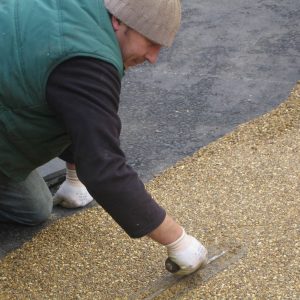 Surfacing
Surfacing
RonaDeck Resin Bound Surfacing
Base Course
AC14 open graded asphalt concrete maximum 70/100 pen binder to BS EN 13108-1.
Or
No-fines concrete
Granular Sub-base
Well compacted Type 3 granular sub-base or similar approved
Optional Impermeable Membrane
Impermeable membrane for use when a storage system is to be installed
Or
Geotextile Layer
Geotextile layer to prevent upward migration of soil
Capping Layer
If required, depending on sub-grade condition
RonaDeck Resin Bound Surfacing is a highly porous surfacing which, when applied to porous base and sub-base materials, forms a hard wearing, slightly flexible and decorative topping to permeable pavement constructions. RonaDeck Resin Bound Surfacing is available in a wide range of natural aggregates chosen for their appearance and performance. All standard aggregate blends have been tested to determine their slip resistance in wet and dry conditions in accordance with BS 8204-6:2008+A1:2010 Appendix B, and all exceeded the minimum Pendulum Test Value required for low slip potential, test results for slip resistance are available on request. All Ronacrete products are developed, manufactured and supplied in accordance with BS EN ISO 9001, the standard for Quality Management Systems. Ronacrete’s Environmental Management System has been assessed and registered in accordance with BS EN 14001 and Ronacrete’s Health and Safety Management System has been assessed and registered in accordance with BS OHAS 18001.
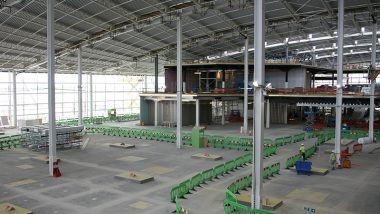
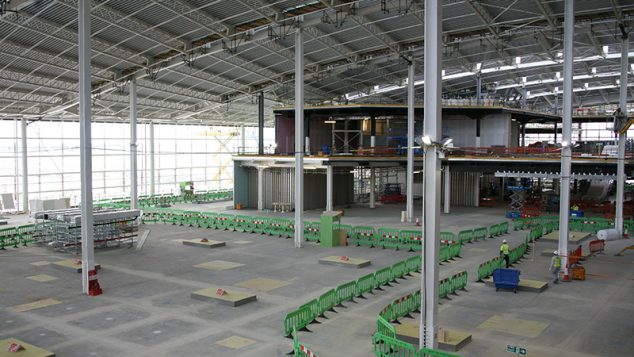
RonaScreed FastDry Prompt – benefits and drying
RonaScreed FastDry Prompt (formerly RonaScreed 8 Day Overlay) is so-called because it is a fast-drying screed additive which enables a 50mm thickness of 3:1 sand/ cement screed to be overlaid with moi ...
Read more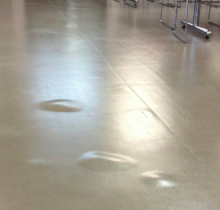
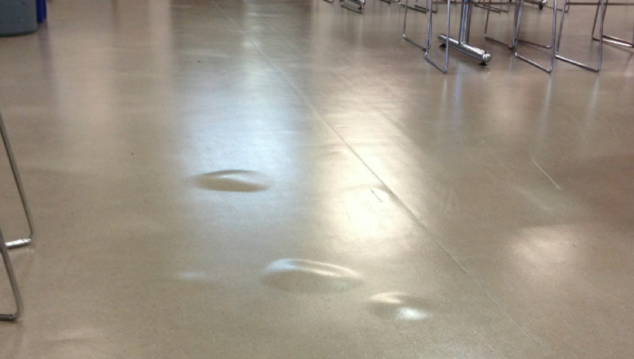
BS 8204-1 “Concrete bases and cementitious levelling screeds to receive floorings — Code of practice” section 6.11.1 suggests the following calculation for drying of screeds with no fast drying additi ...
Read more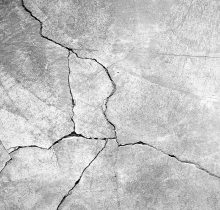
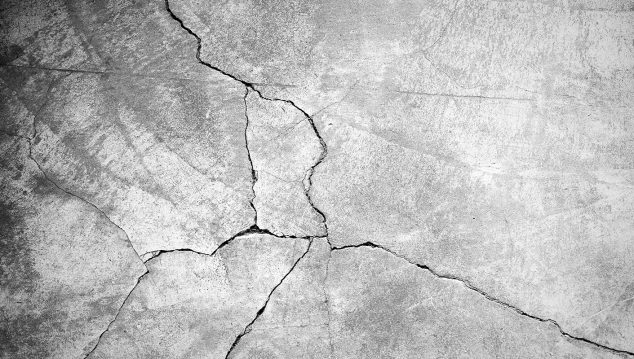
Avoidance/ Mitigation Of The Effects Of Common Forms Of Cracking In Cementitious Screeds
Aggregate is usually 0–4 mm and is mixed with cement in the ratio of 1:3 or 1:4 cement to sand, depending on strength requirements and drying requirements. For total screed thicknesses in excess of 50 ...
Read more